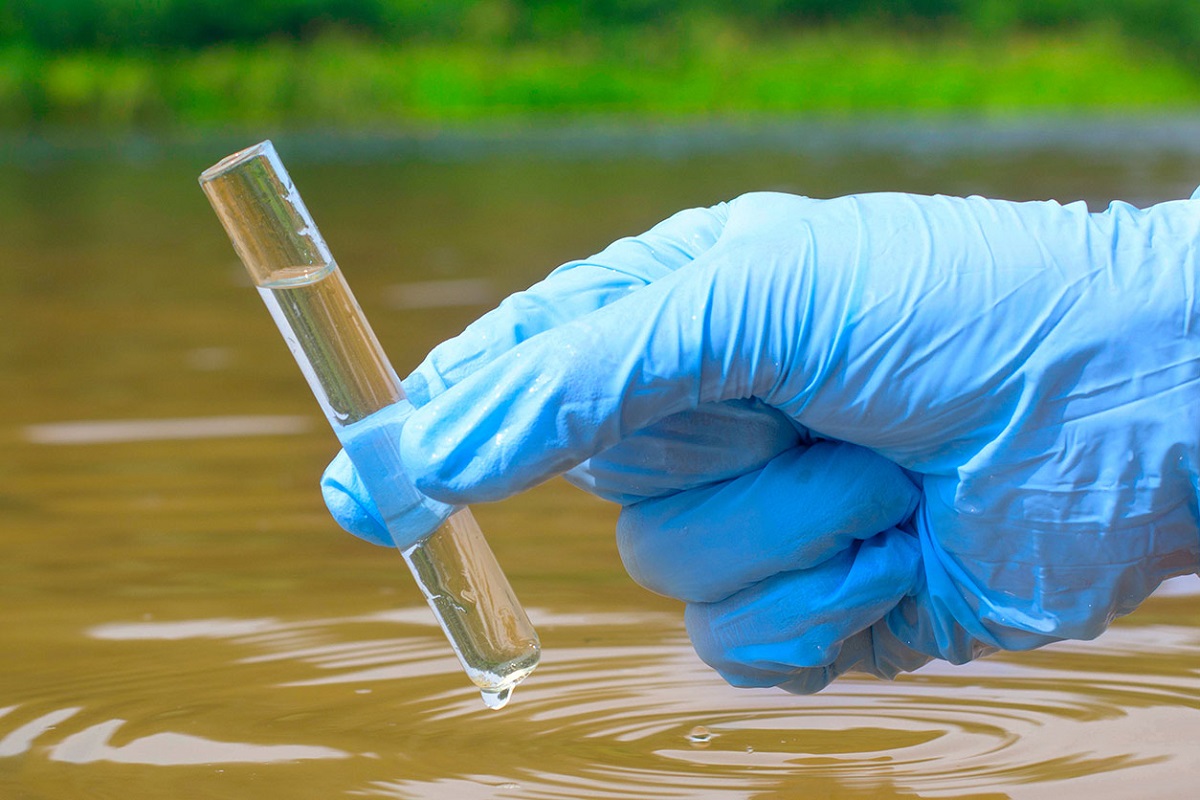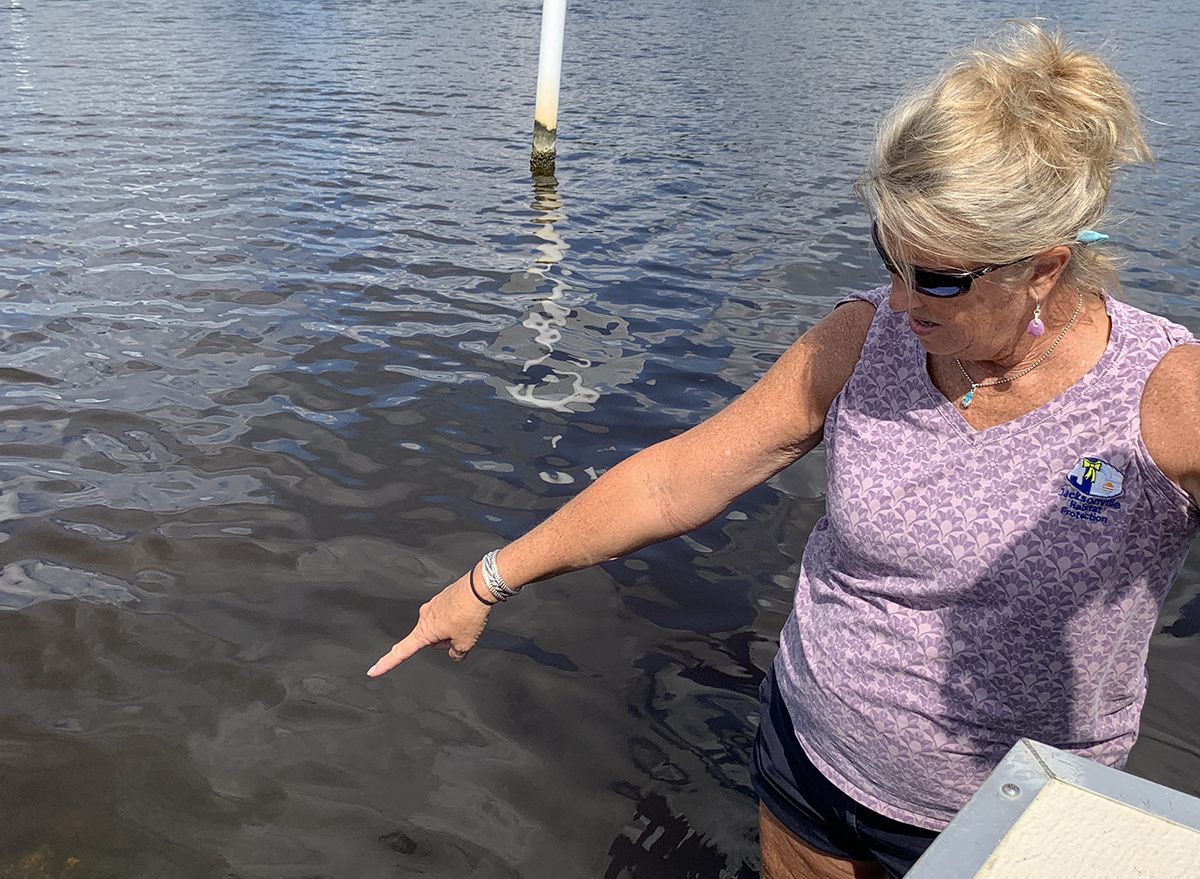
JACKSONVILLE – Jacksonville Stormwater Manager Pat Donovan-Brandenburg vividly recalls the naysayers.
“I had scientists look me right in the face and tell me I’d lost my mind,” she said.
Supporter Spotlight
More than 20 years have passed since the city shuttered its downtown wastewater treatment plant in a move to cut off the predominant source of what had sickened the New River to the point that the state had closed its waters to the public nearly two decades earlier. At the urging of city officials, Marine Corps Base Camp Lejeune also stopped its wastewater facility from discharging into the river.
By then, every inch of hard habitat along the riverbed between Wilson Bay and Stones Bay was covered by soft organics like ammonia and phosphates, which in excessive amounts choke out aquatic life.
To put into perspective just how dire things were in the river, consider this: No fish kills were recorded after 25 million gallons of waste flowed from a breached hog lagoon into the river in 1995.
The river needed not only to be cleaned, but the habitat within it restored.
Donovan-Brandenburg thought that, perhaps, oysters might do the trick.
Supporter Spotlight
Trying to clean and revive a river some argued had too much freshwater coming down from the upper and mid part of the estuary to sustain oysters was a gamble.
“But that’s science,” Donovan-Brandenburg said. “Science is taking a chance.”
The state in 2001 reopened New River, where more than 10 million oysters have been planted over the course of 10 years in Wilson Bay alone.
Another 15 million have been added to a series of strategically-placed, human-made oyster reefs through a plan dubbed the Oyster Highway Project, one that has aided in ushering marine life back into the river, Donovan-Brandenburg said.
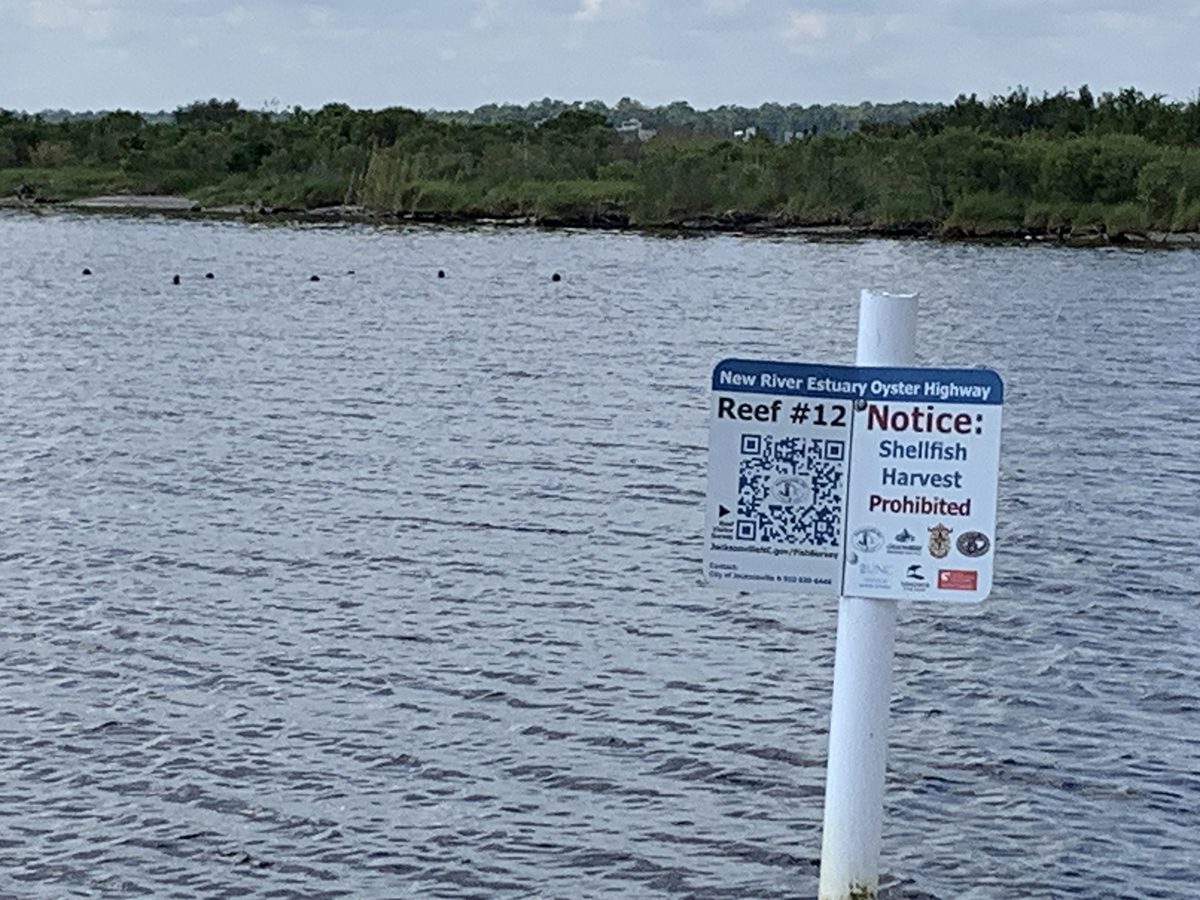
In the seven years since the project began, fishermen have been reporting catches of red drum, flounder, spot and croaker that hadn’t been coming out of the river for decades, she said.
“I kind of thought they would come,” Donovan-Brandenburg said. “I just didn’t realize it would be that fast. You hope and you pray that that’s what happens, but there’s no guarantee it will happen.”
It’s not just fishermen who have returned to the river’s waters. Last May, dozens of people competed in the fifth annual New River Splash Triathlon.
The $1.6 million Oyster Highway Project has been funded through multiple sources, including private donations and grants from the North Carolina Land and Water Fund, Duke Energy Water Resources Fund and N.C. Attorney General’s Environmental Enhancement Grant program.
This year marks the project’s third and final phase, which entails the expansion of most of the 12 artificial reefs from a half-acre to an acre. City officials, representatives of nongovernment organizations and volunteers in 2019 began constructing the reefs on either side of the river between Wilson Bay and Stones Bay.
Three reefs will not be expanded to one full acre because of their proximity to areas where military officials suspect unexploded ordnance – bombs, shells, grenades and bullets – may be in shallow waters near the river banks.
On a sweltering August mid-morning, Donovan-Brandenburg waded through waters just off the shore of Marine Corps Air Station New River, where massive aircraft hangers and multi-storied barracks rose up from the horizon overlooking the glass smooth-like river.
She pointed out rows of reef teeming with oysters growing on two different types of foundations.
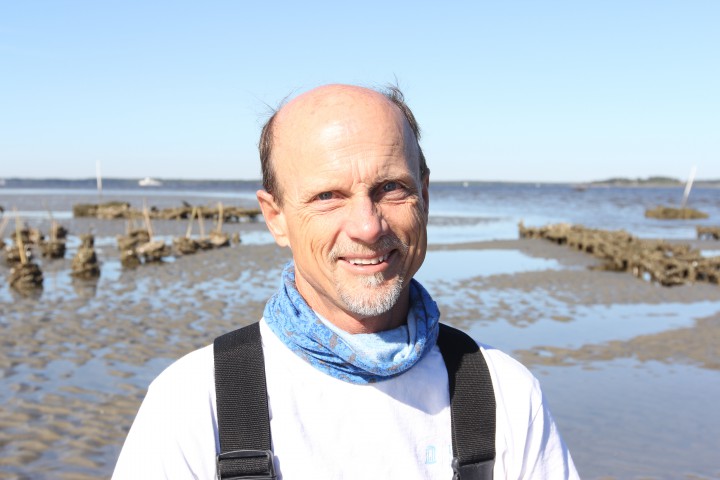
One set of foundations is called Oyster Catcher, a co-invention of University of North Carolina Chapel Hill Institute of Marine Sciences Professor Niels Lindquist and commercial fisherman David Cessna, who died in 2021.
“I was a little unsure about what would happen all the way up in Jacksonville and Wilson Bay where Pat had been putting oysters for quite a while,” Lindquist said. “It’s amazing how well the oysters have done all the way up Wilson Bay and back despite having some big freshwater pulses come through. I think the success of those site over the last two, three years certainly validate Pat’s contention that it is appropriate habitat.”
The other reef builder used in the river is an Oyster Castle, interlocking blocks made of shell, limestone and concrete.
The idea behind using the different substrate was to see which type would work best in the river.
“What we have found is that both are equally beneficial,” Donovan-Brandenburg said.
Oyster Catchers are designed to attract and offer oyster larvae drifting with the currents a hard substrate on which to grow.
Oyster Castles allow juvenile oysters to grow and the blocks also help combat shoreline erosion. Lindquist said the bigger, more important component of the project is now going to be stocking the reefs, particularly the Oyster Castle reefs, which not only have a lot of structure, but help the Oyster Catcher reefs stay in place.
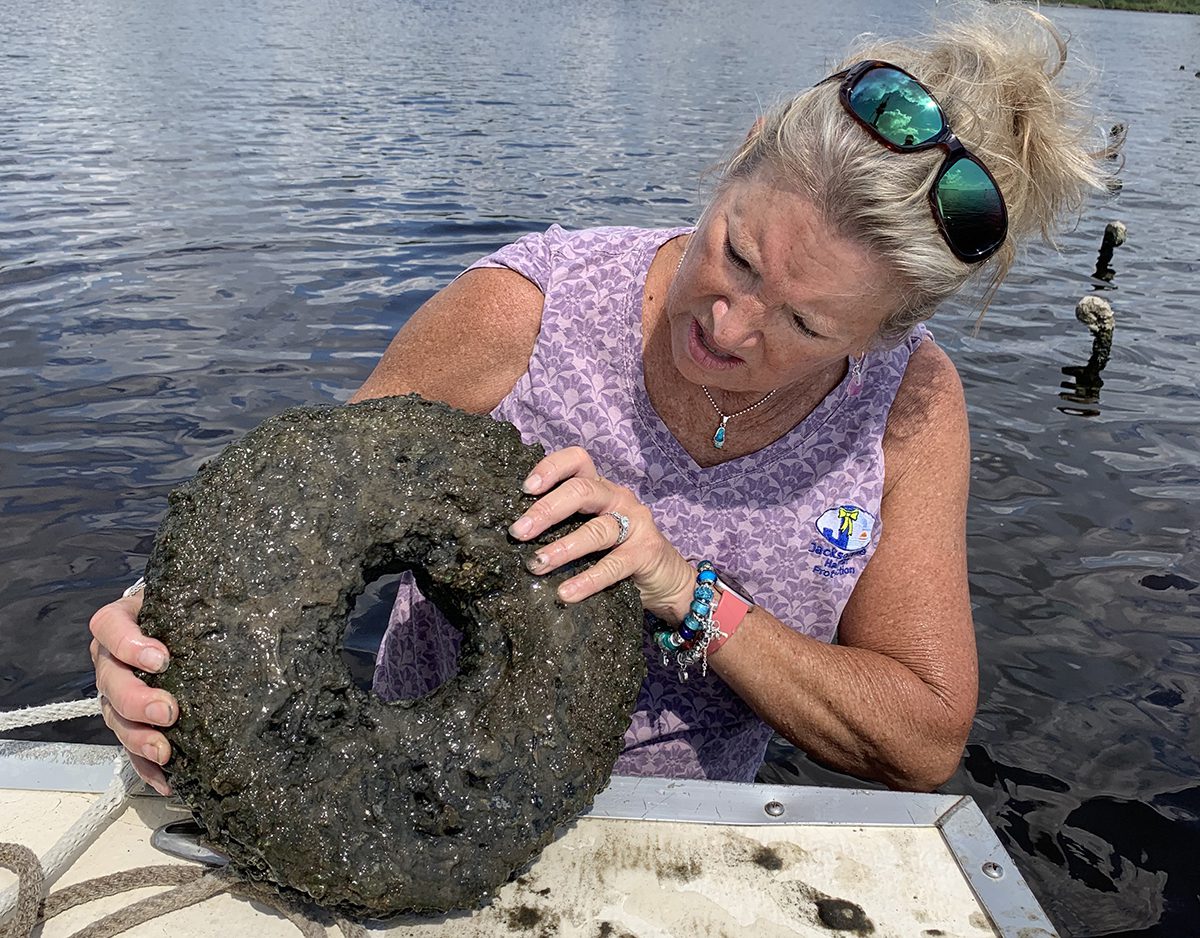
The long road to restoring the river did not come without its challenges, Donovan-Brandenburg said.
“It was not easy, I can tell you that,” she said.
City staff and volunteers will install the remaining reef expansions sometime between October and December. Oysters will be added in the late spring of next year.
Donovan-Brandenbug said she’d like to continue adding oysters to the river to help ensure the river’s waters stay healthy, an effort, she said, that also entails protecting perimeter wetlands and residents educating themselves and taking responsibility by doing little things like picking up pet waste.
“As long as I’m here I don’t know that we’ll ever be done,” she said.
That’s good news for the river, one already being affected by sea level rise.
Professor Joel Fodrie with the UNC Institute of Marine Sciences has been monitoring the Oyster Highway project since 2019.
He said the project, overall, has been a success and notes that the reefs now support hundreds and hundreds of mussels, which filter out harmful algae and bacteria.
There are things to celebrate and some realization that a few things could be done better, Fodrie said.
“Some (reefs) are doing better than others and that’s because we worked across this environmental gradient that is the estuary. Not only have we benefited the system and the footprint of these areas, but as we share the data and as papers come out, the next people get to do this better because this was an experiment.”
And, there will always be work to be done in the river.
“It’s not the final story,” Fodrie said. “Restoration is not do it one time and then you get to walk away. We’re not really restoring these systems, we’re trying to maintain these systems. I don’t think we’re ever going to arrive at a finish line. I think we have to maintain these systems just like you maintain your car or your lawn or your house or any other thing you care about so I hate there to be the illusion that we somehow finished. I think the New River Highway is neat and it deserves a little spotlight and then Pat, yeah, not crazy, but certainly the core, the emotional, ethical core of making this happen. It’s kind of remarkable what she has leveraged to do this.”



